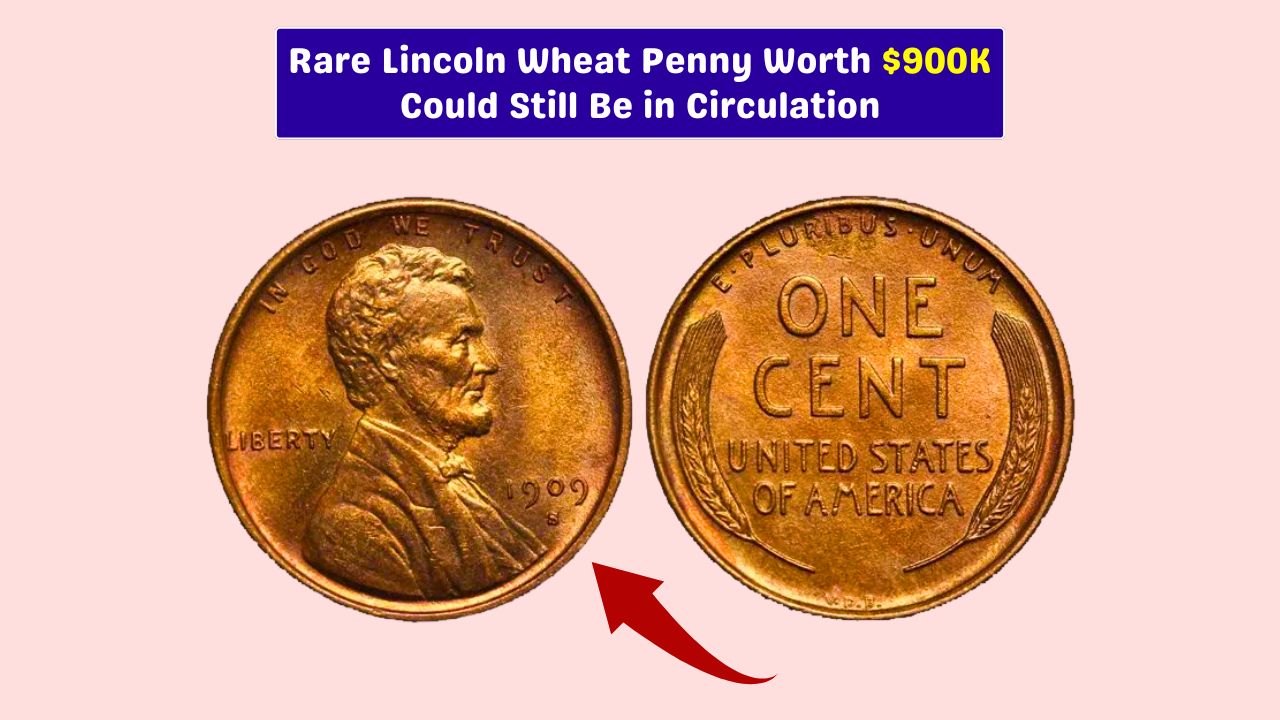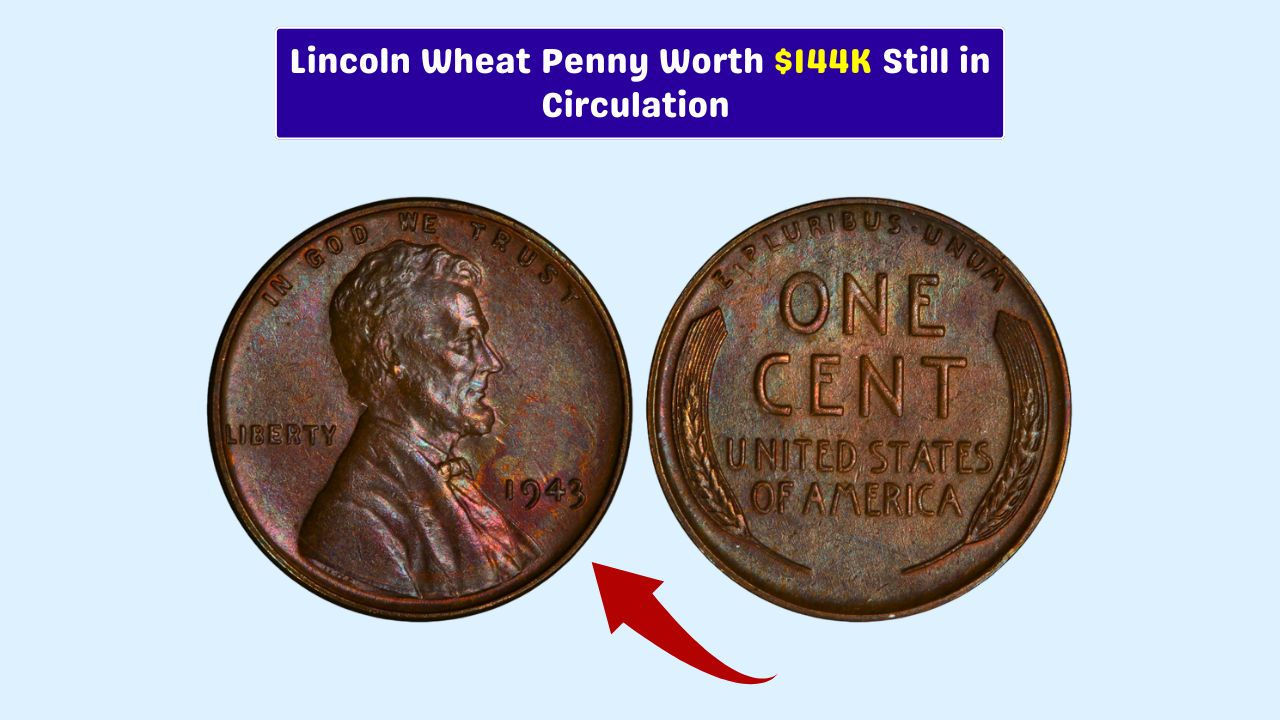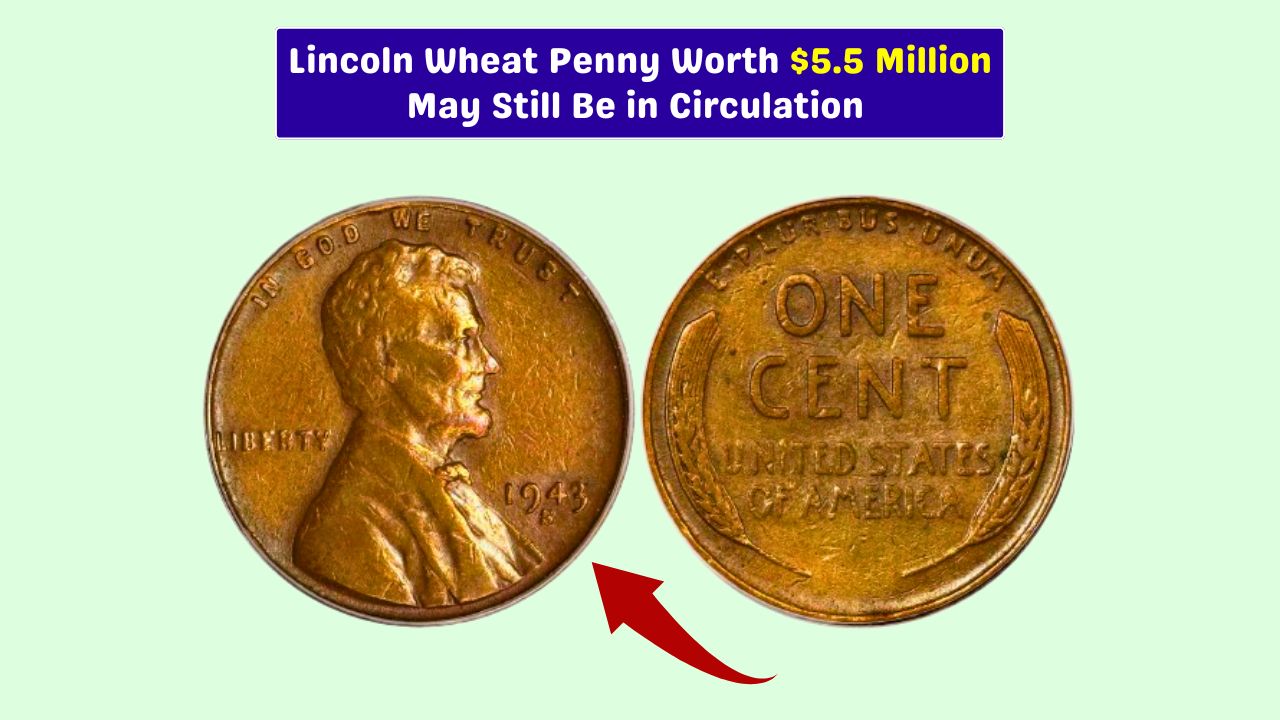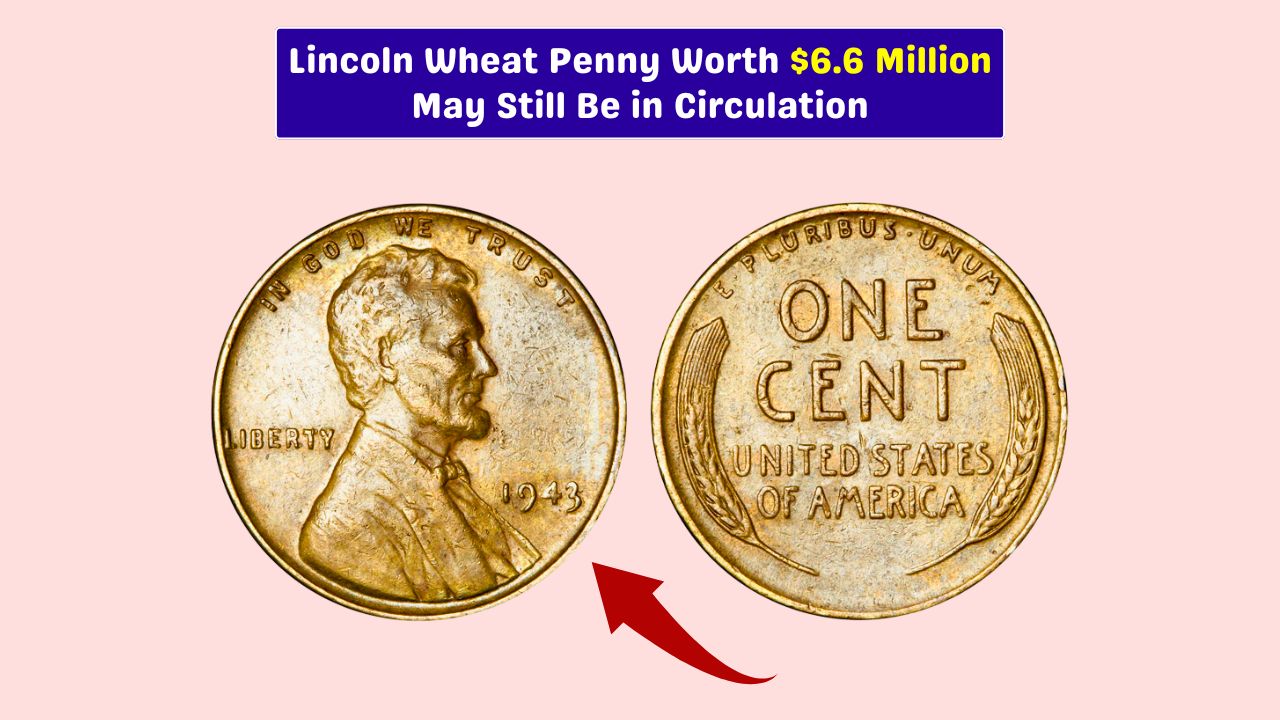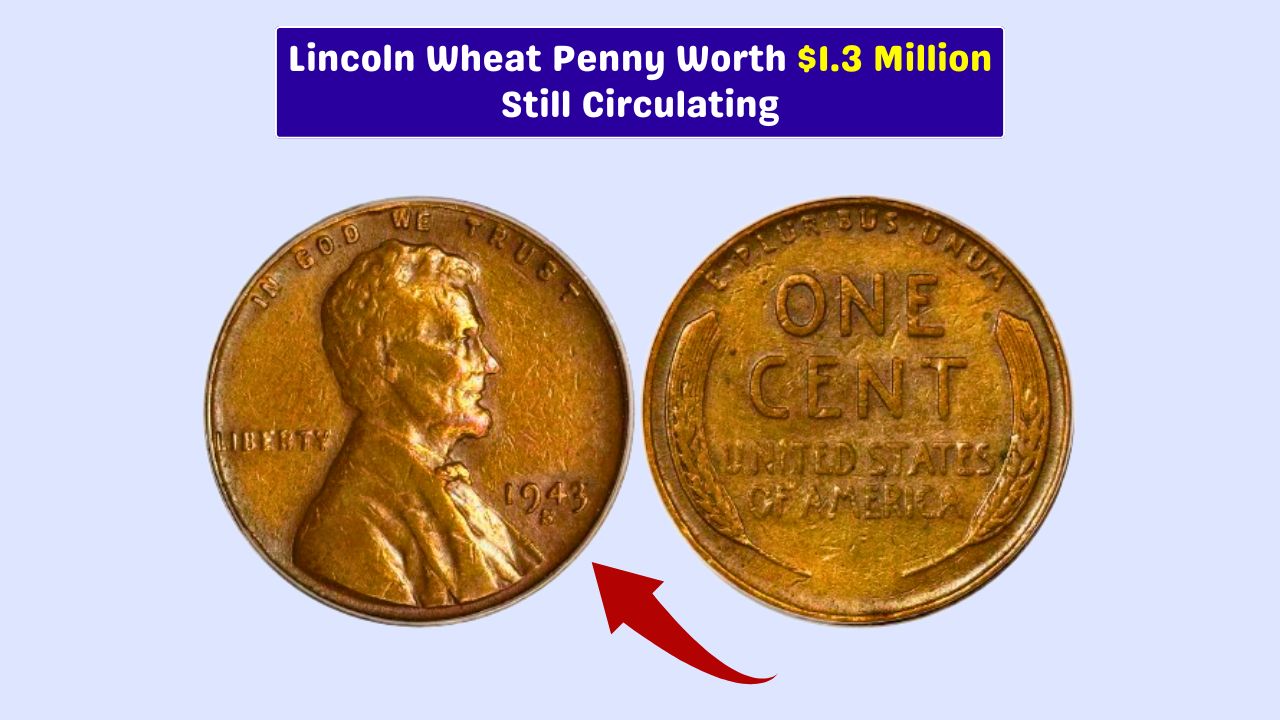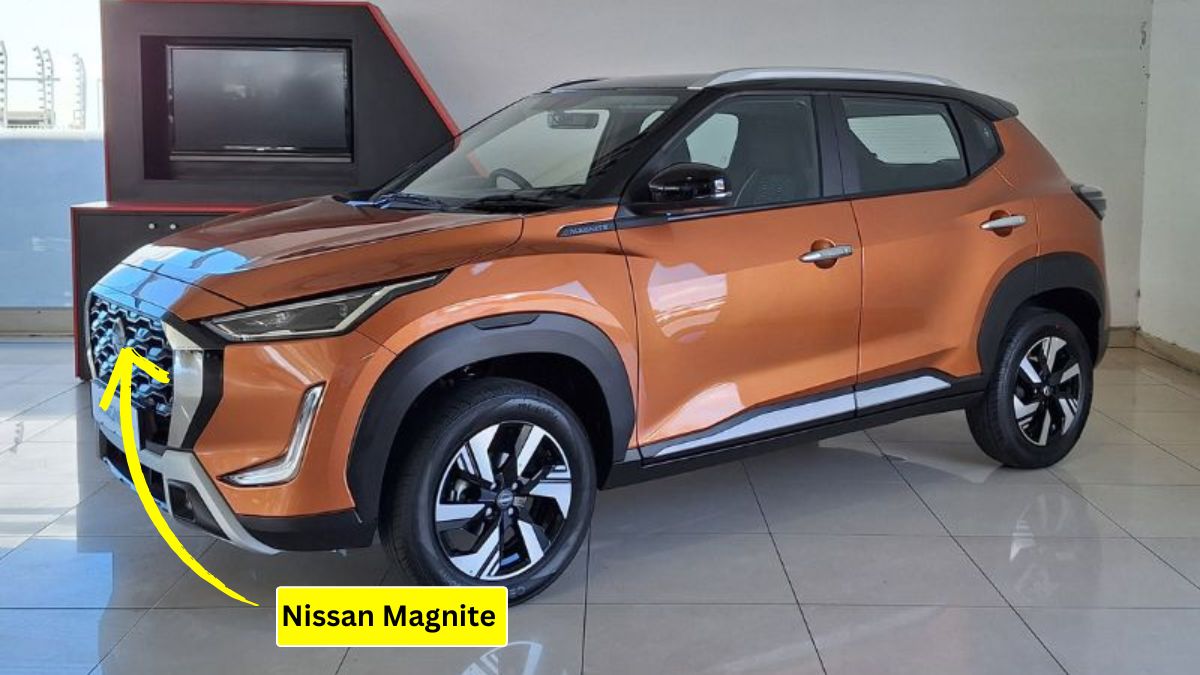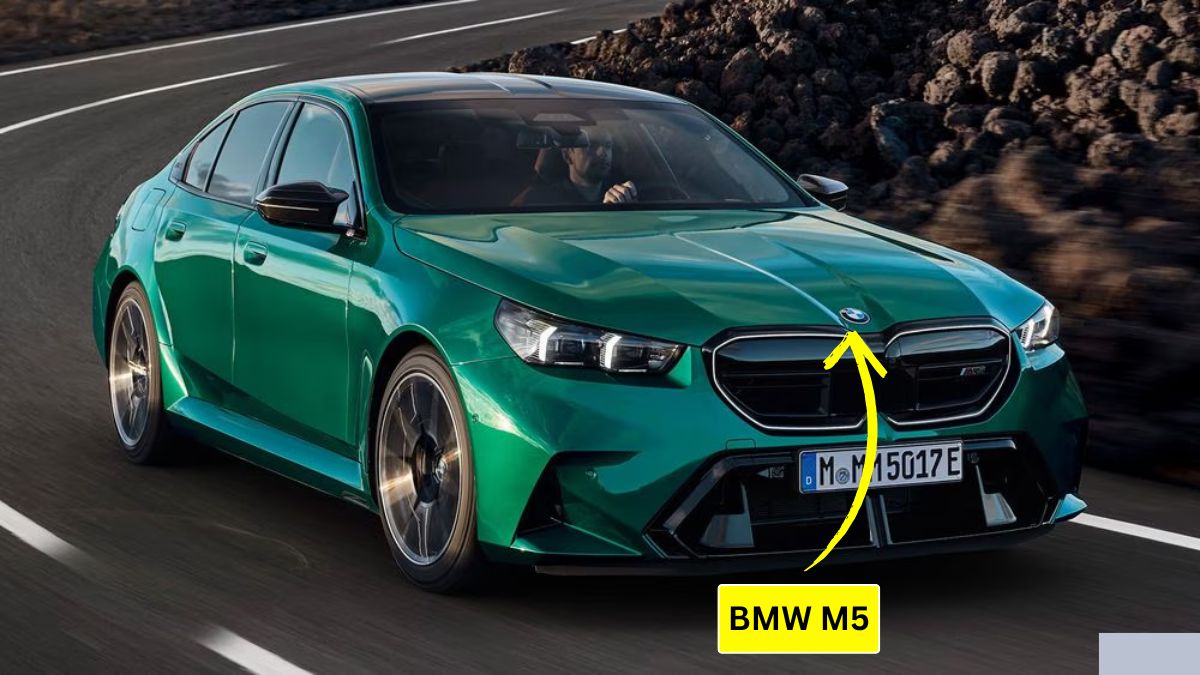It sounds unbelievable, but a simple Lincoln Wheat Penny from 1943 could be worth nearly $900,000.
Imagine that—pocket change turning into a jackpot! Even more surprising, coin experts think one or two of these elusive pennies might still be floating around out there.
So, before you toss that coin jar aside, let’s look into what makes this penny so rare and how you can identify one.
History
The Lincoln Wheat Penny, minted from 1909 to 1958, was the first U.S. coin to feature a real person—President Abraham Lincoln. Its design includes two wheat stalks on the back, giving it the nickname “Wheat Penny.”
Most of these are common and worth just a few cents. But a few, like the 1943 bronze version, are the holy grail of coin collecting.
Value
So, why is the 1943 bronze penny so special? During World War II, the U.S. Mint switched from bronze (mostly copper) to zinc-coated steel for pennies to save copper for military use. But in rare cases, leftover bronze blanks were mistakenly used, resulting in a few genuine 1943 bronze pennies.
Here’s where it gets wild—only about a dozen of these coins are known to exist. And one of them has sold at auction for nearly $900,000. If it has a Denver (“D”) or San Francisco (“S”) mint mark, it’s even rarer.
Features
Think you’ve found a 1943 bronze Wheat Penny? Here’s a quick guide to help you identify it:
| Feature | What to Check |
|---|---|
| Date | 1943 — with or without mint mark (P, D, or S) |
| Color | Copper or brown — not shiny silver |
| Magnet Test | Steel sticks to magnets; bronze does not |
| Weight | Bronze = 3.11g; Steel = 2.7g |
| Condition | Fewer scratches and wear mean higher value |
If your 1943 penny looks coppery and doesn’t stick to a magnet, you might want to sit down—it could be worth a fortune.
Circulation
You might be thinking, “There’s no way one of those is still out there.” But believe it or not, coin experts say otherwise. These pennies have slipped through the cracks, ending up in piggy banks, junk drawers, or even wrapped in old coin rolls from the bank. That means anyone—yes, even you—could find one.
Next Steps
If you suspect you’ve found one of these ultra-rare coins, don’t clean it or try to restore it. That could reduce its value. Instead:
- Run the magnet and weight tests
- Take clear photos
- Contact a professional grading service like PCGS or NGC
- Get it authenticated and appraised
- Consider selling at auction if it checks out
Even if you don’t find one, checking your change can be a fun (and potentially profitable) habit.
The 1943 bronze Lincoln Wheat Penny is more than just a coin—it’s a slice of wartime history, an ultra-rare minting error, and possibly your next big payday.
With its jaw-dropping value and mysterious whereabouts, it’s no wonder collectors are always on the hunt.
So next time you see a penny with “1943” on it, don’t ignore it—you might be holding nearly $900,000 in your hand.
FAQs
How rare is the 1943 bronze penny?
Only around a dozen are known to exist worldwide.
How can I test if my 1943 penny is steel or bronze?
Use a magnet. Steel sticks, bronze doesn’t.
What does a 1943 bronze penny weigh?
It weighs about 3.11 grams—use a precise scale.
What’s the highest price for this penny?
One sold for nearly $900,000 at auction.
Can I still find one in circulation?
Yes, a few might still be in jars or coin rolls.

